Class Pinopsida Scientific name Pinus elliottii | Division Pinophyta Genus Pinus Rank Species | |
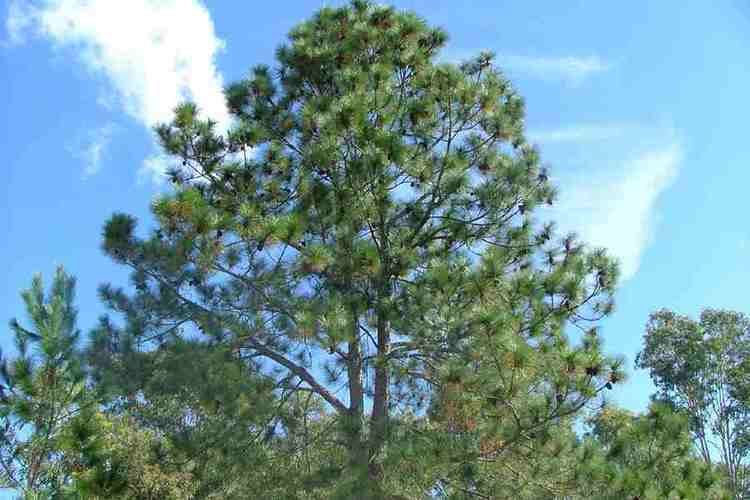 | ||
Similar Pinus taeda, Pinus palustris, Pinus massoniana, Caribbean pine, Pinus echinata | ||
Pinus elliottii, commonly known as the slash pine, is a pine tree native to the southeastern United States. Slash pine is named after the "slashes" – swampy ground overgrown with trees and bushes – that constitute its habitat.
Contents
- Pragas ex ticas a erradica o do pinus elliottii na ilha de florian polis sc
- Range and Habitat
- Description
- Taxonomy
- Uses
- References
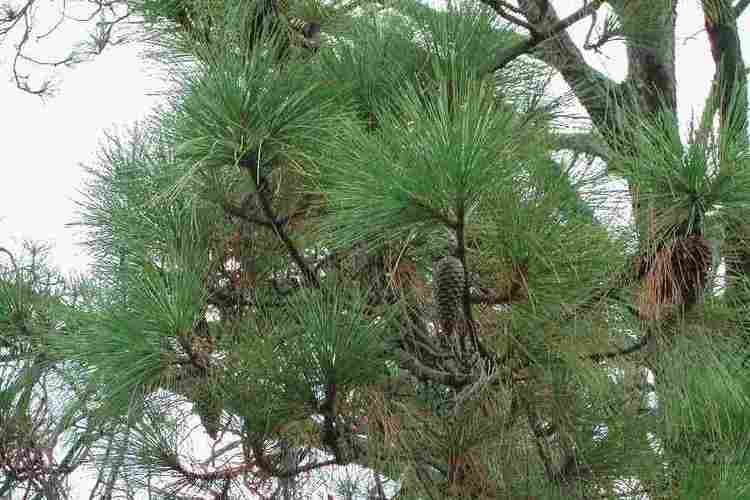
Pragas ex ticas a erradica o do pinus elliottii na ilha de florian polis sc
Range and Habitat
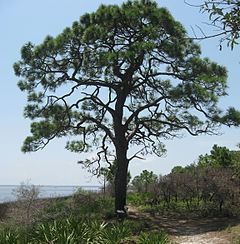
It is found from southern South Carolina west to southeastern Louisiana, and south to the Florida Keys. It natural habitat is sandy maritime forests and wet flatwoods.
Description
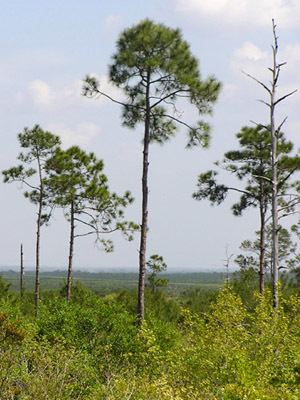
This tree is fast-growing, but not very long-lived by pine standards (to 200 years). It reaches heights of 18–30 m (59–98 ft) with a trunk diameter of 0.6–0.8 m (2.0–2.6 ft). The leaves are needle-like, very slender, in clusters of two or three, and are 18–24 cm (7.1–9.4 in) long. The cones are glossy red-brown, 5–15 cm (2.0–5.9 in) in length with a short (2–3 mm or 0.079–0.118 in), thick prickle on each scale. It is known for its conical shape.
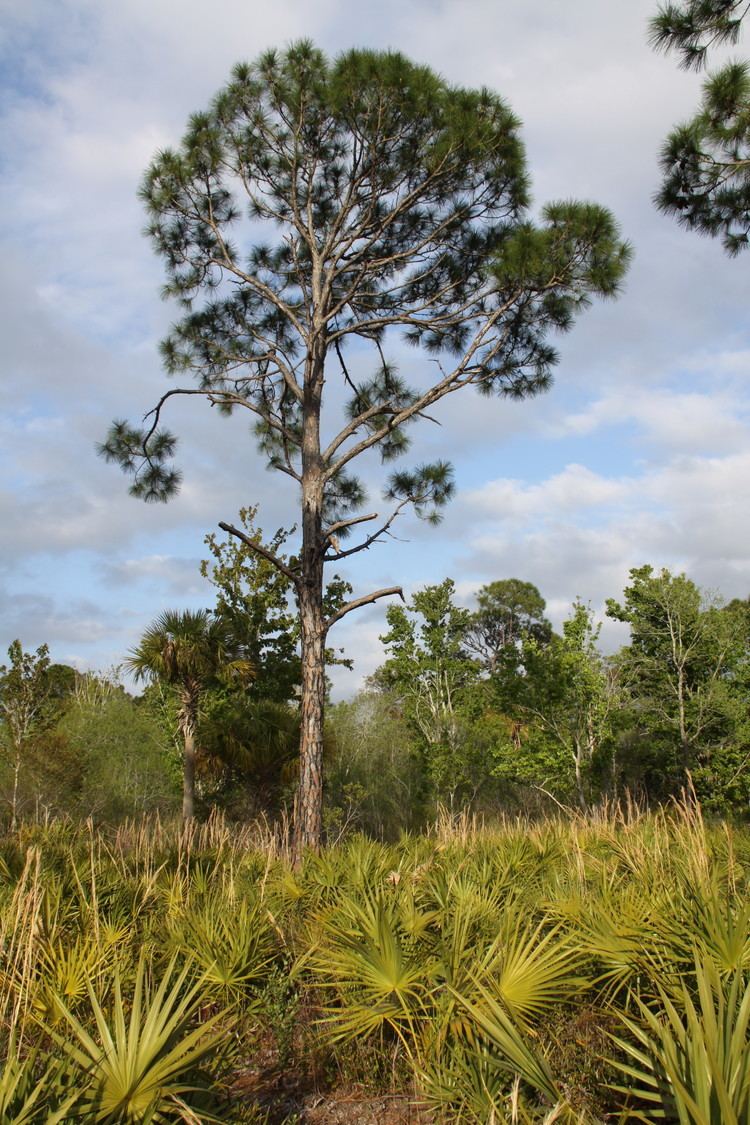
It may be distinguished from the related loblolly pine (Pinus taeda) by the somewhat longer, glossier needles and larger red-brown cones, and from longleaf pine (Pinus palustris) by the shorter, more slender needles and smaller cones with less broad scales.
Taxonomy
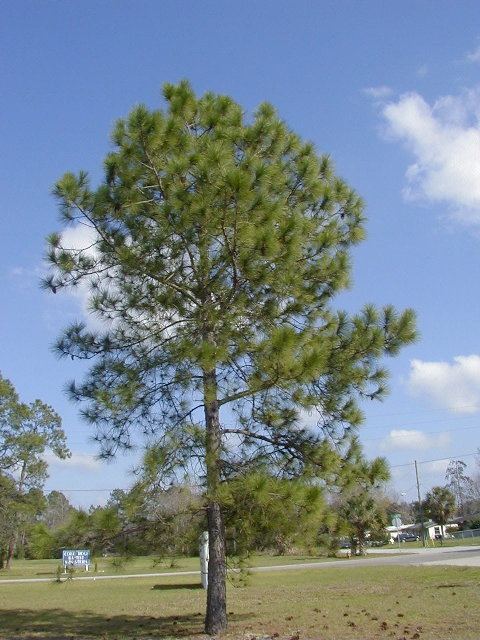
There are two described varieties of Pinus elliotii. However, recent genetic studies have indicated that the varieties may not be more closely related to each other than they are to other pines in the Southeast. If this is the case, then status as separate species would be warranted. This treatment has not been widely adopted.
The two commonly accepted varieties are the following:
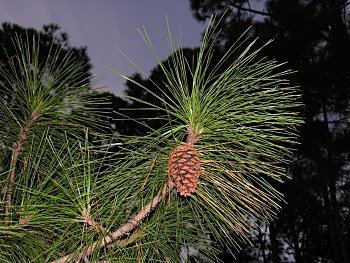
Unlike the typical variety of slash pine, seedlings of P. elliottii var. densa pass through a "grass stage", in a manner similar to longleaf pine.
Uses
This tree is widely grown in tree plantations. It is also used in horticulture.
